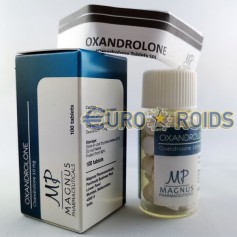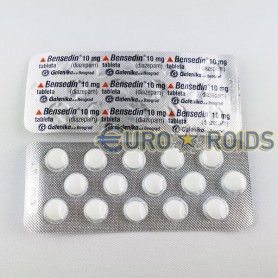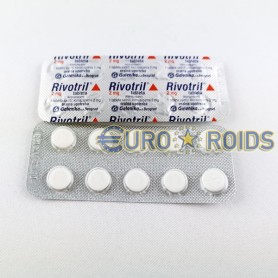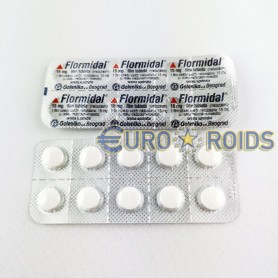The active ingredient diazepam is used to treat physical and mental tension and agitation. These include, for example, anxiety disorders (oral use), but also acute anxiety states as after a heart attack (parenteral use). Diazepam is also used for anesthesia preparation before diagnostic or surgical procedures.
Because of its long-lasting duration of action, Diazepam is only used for insomnia, if the calming effect is desired during the day. In addition, diazepam should be used as a sleep aid only limited in time.
Diazepam is not only used in the treatment of mental disorders. Areas of application for the muscle-relaxing effect are the emergency care of certain epileptic seizures (grand mal seizures, also preventive) as well as fever convulsions in children and strong muscle cramps such as tetanus intoxications, for example.
In addition, diazepam is given intravenously as an antidote in chloroquine intoxications.
pharmacology
Pharmacodynamics (effect)
Diazepam belongs to the active ingredient group of benzodiazepines. It has an anxiety-relieving, muscle-relaxing, antispasmodic and soothing effect. Diazepam enhances the action of the body's own neurotransmitter gamma-aminobutyric acid (GABA), which regulates the excitability of nerve cells. For this purpose, diazepam agonistically binds to GABA-A receptors. As a result, more chloride ions flow into the cell. This leads to an increased cell membrane voltage and a reduced excitability of the cell. Diazepam reduces neuronal arousal. On the one hand, mental symptoms such as restlessness or anxiety diminish. On the other hand, tense and / or tense muscles dissolve.
pharmacokinetics
The effect of Diazepam starts quickly and lasts 24 to 48 hours. In addition, the degradation products of the drug can still sedate up to 80 hours after application. This makes diazepam one of the long-acting benzodiazepines. The degradation of diazepam occurs mainly in the liver. This also produces the pharmacologically active metabolites N-desmethyldiazepam (Nordazepam), temazepam and oxazepam, which appear in the urine as glucuronides.
side effects
The side effects of diazepam are typical of the drug group of benzodiazepines. The higher the dosage, the greater the likelihood of undesirable effects, all due to the central depressing effect. The most common side effects with Diazepam are disorders of cognitive ability, including impaired responsiveness. Also, dizziness, headaches, an increased risk of falling or gastrointestinal discomfort and dry mouth are side effects of the depressant effect on the central nervous system. The more serious adverse effects of diazepam include respiratory problems, decreased blood pressure, slowed heart rate (to cardiac arrest) and bladder dysfunction with urinary retention or incontinence.
interactions
Oxidative degradation of diazepam occurs through the cytochrome P450 isoenzymes CYP2C19 and CYP3A. At the same time applied drugs with active ingredients, which are also substrates of the enzymes mentioned, when used with diazepam can enhance its sedative effect and prolong. These include:
cimetidine
omeprazole
disulfiram
ketoconazole
fluvoxamine
fluoxetine
The concomitant use of diazepam with the following medicinal products may result in a mutual enhancement of sedative, respiratory and hemodynamic effects:
Sedatives, hypnotics, narcotic analgesics, anesthetics
neuroleptics
antiepileptics
anxiolytics
sedating antihistamines
Antidepressants, lithium supplements
4-hydroxybutanoic acid (sodium oxybate)
HIV protease inhibitors
Further interactions occur in combination with the following drugs and drug classes:
Muscle relaxants (action is enhanced by diazepam)
Theophylline (in low doses, suppresses the calming effect of diazepam)
Levodopa (effect is inhibited by diazepam)
Phenobarbital, phenytoin (can accelerate metabolism of diazepam)
Due to the slow degradation of diazepam, possible interactions may occur even after stopping treatment with diazepam. For patients receiving long-term treatment with other medicines, such as centrally effective antihypertensives, β-blockers, anticoagulants or cardioactive glycosides, the nature and extent of interactions are not predictable.
 en
en

















